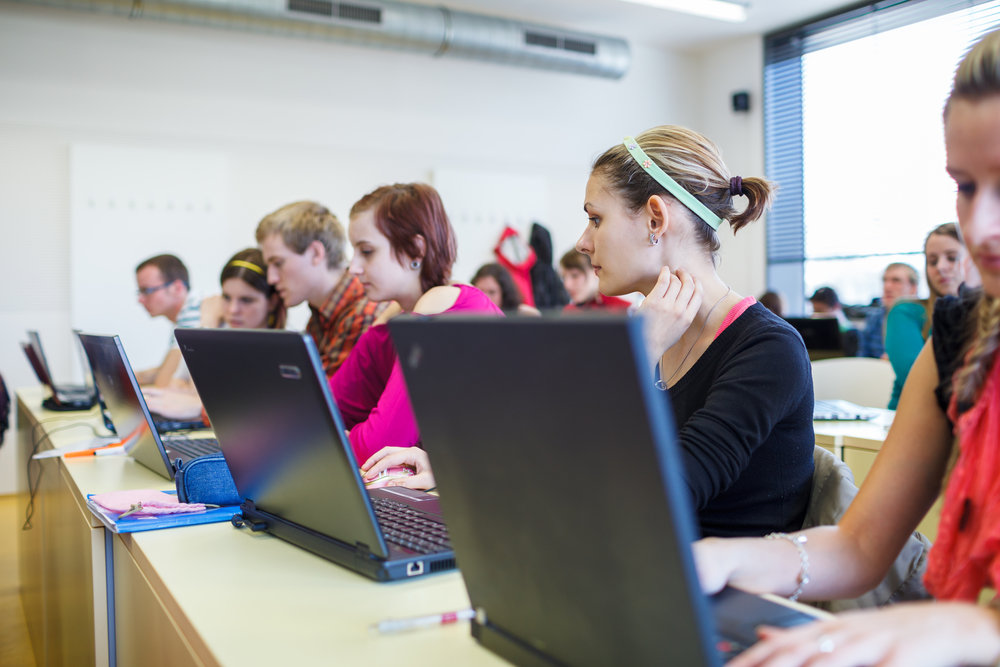
Bridging Language Gaps in Research: How Universities Can Leverage Translation Technology
Hey there! Let’s talk about something that’s becoming a big deal in university research circles – translation technology https://lingvanex.com/. This isn’t just about converting text from one language to another; it’s about opening doors to a wealth of knowledge that was previously locked behind language barriers.
Expanding Access to Global Research
Think about it: tons of research is published in languages other than English. Without translation technology, this knowledge might as well be on another planet. By leveraging translation tools, universities can access and utilize research from all over the world. It’s like having an all-access pass to a global library.
Enhancing International Collaboration
Collaboration is key in research. Universities often partner with institutions across different countries. Translation technology helps in smoothing out communication, ensuring that language differences don’t hinder the flow of ideas. It’s like building a bridge over the language divide, making teamwork effortless and efficient.
Supporting Multilingual Students and Scholars
Universities are melting pots of cultures and languages. Translation technology https://lingvanex.com/translation/english-to-korean can be a lifesaver for students and scholars who are not native English speakers. From translating lecture materials to assisting in research work, it levels the playing field for everyone. It’s like giving everyone the same set of tools to succeed.
Making Research More Inclusive
Translation technology isn’t just about reading foreign research; it’s also about sharing your work with the world. Universities can use it to translate their findings into multiple languages, boosting the reach and impact of their work. It’s like turning a local research project into a global conversation.
Improving Accuracy and Efficiency
Manual translation is time-consuming and prone to errors. Translation technology, especially when combined with human oversight, increases the accuracy and efficiency of the translation process. It’s like putting on a pair of glasses that helps you see clearly and work faster.
Overcoming the Nuance Challenge
Translation isn’t always straightforward – a lot gets lost in translation, especially when it comes to academic and technical texts. That’s where the human element comes in. Combining translation technology with human expertise is often the best recipe for success.
Preparing Students for a Global Future
By integrating translation technology into their systems, universities are preparing students for a globalized future. It teaches them to access, understand, and appreciate perspectives from different cultures. It’s like training them to be global citizens.
In Conclusion
Translation technology is a powerful tool for universities, especially in the realm of research. It breaks down language barriers, fosters international collaboration, and makes knowledge more accessible and inclusive. As this technology continues to evolve, its role in shaping the future of academic research will only grow more significant. Here’s to a future where language is no longer a barrier but a bridge to endless knowledge and collaboration!